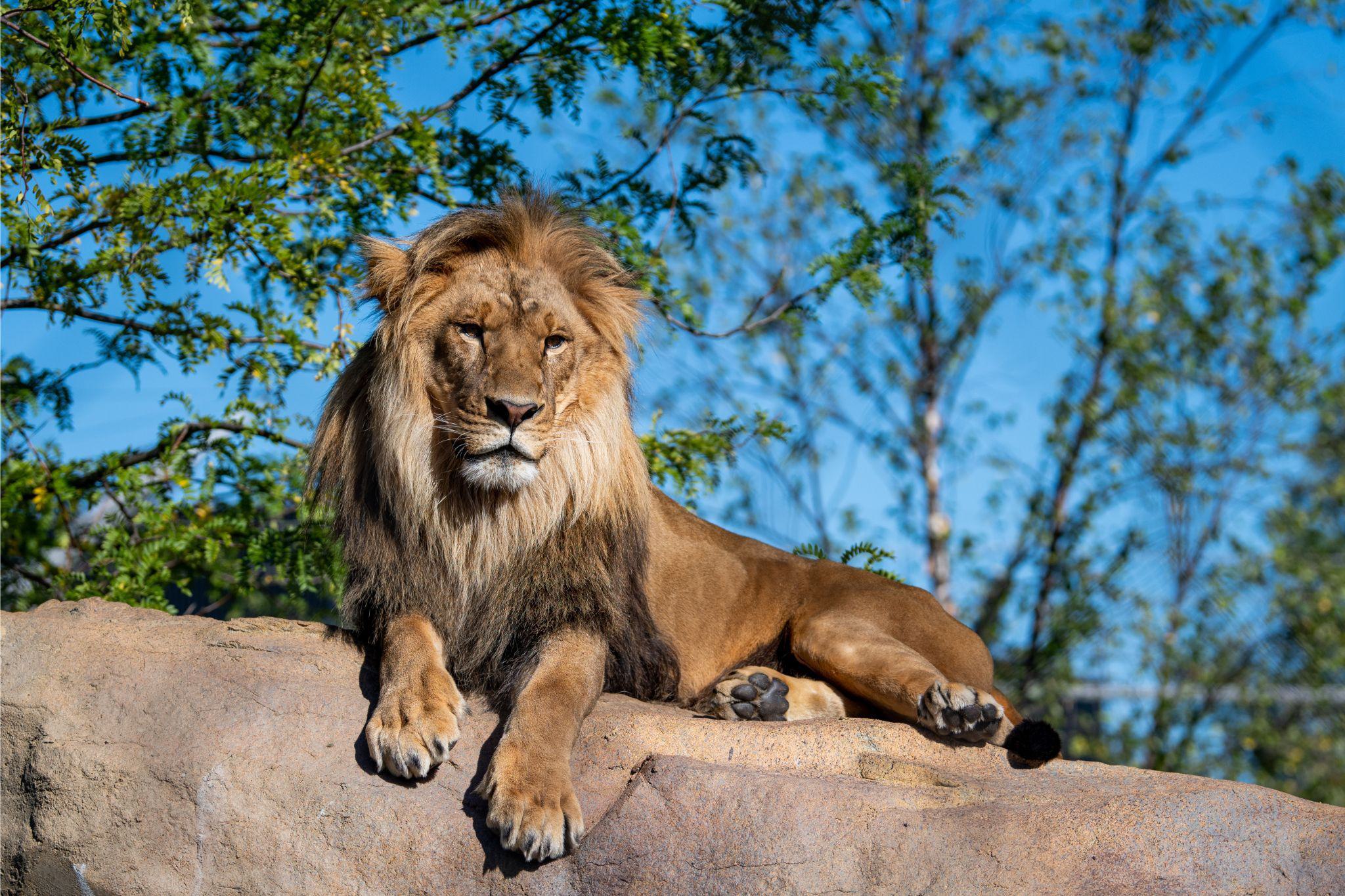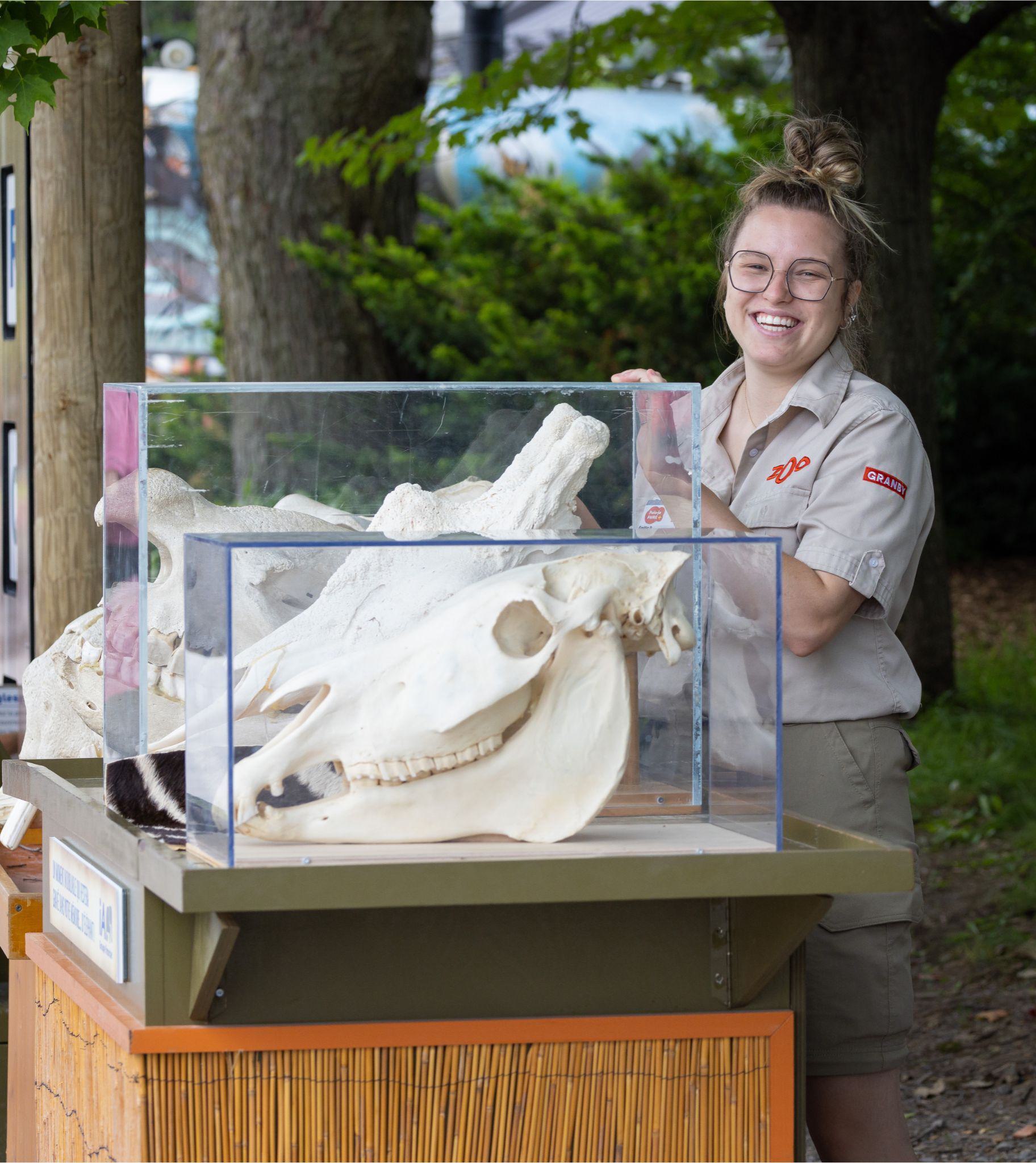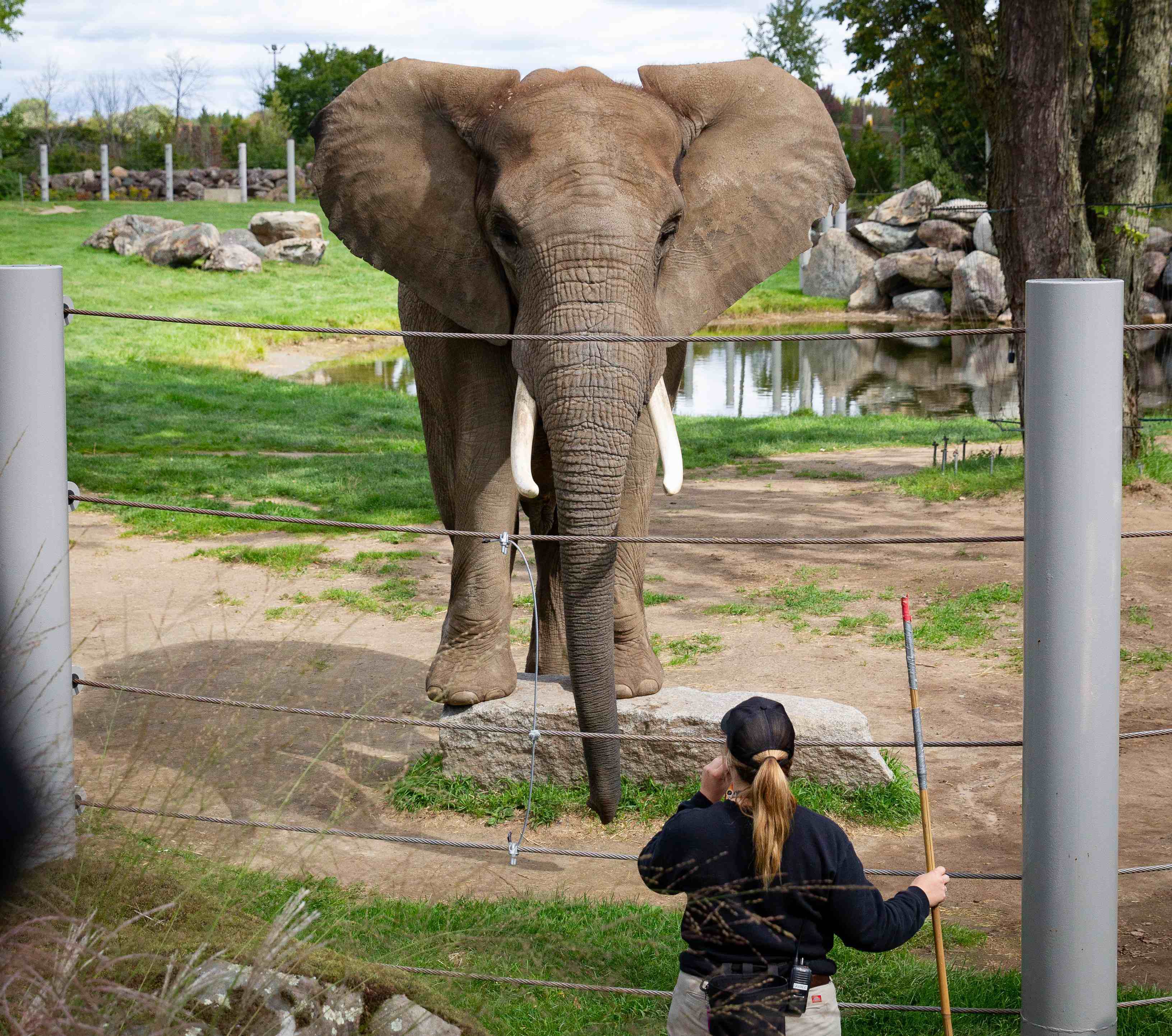“Bromances,” “Girl Power” and All Kinds of Partners
Coming Together Differently in the Animal Kingdom!
As we all know, love is demonstrated in many different ways! This applies to animals as much as it does to us. Just as we all celebrate the Day of Love, we wish to step outside of the box and explore the thousand and one ways feathered, and scaly creatures come together ... temporarily or for much longer!
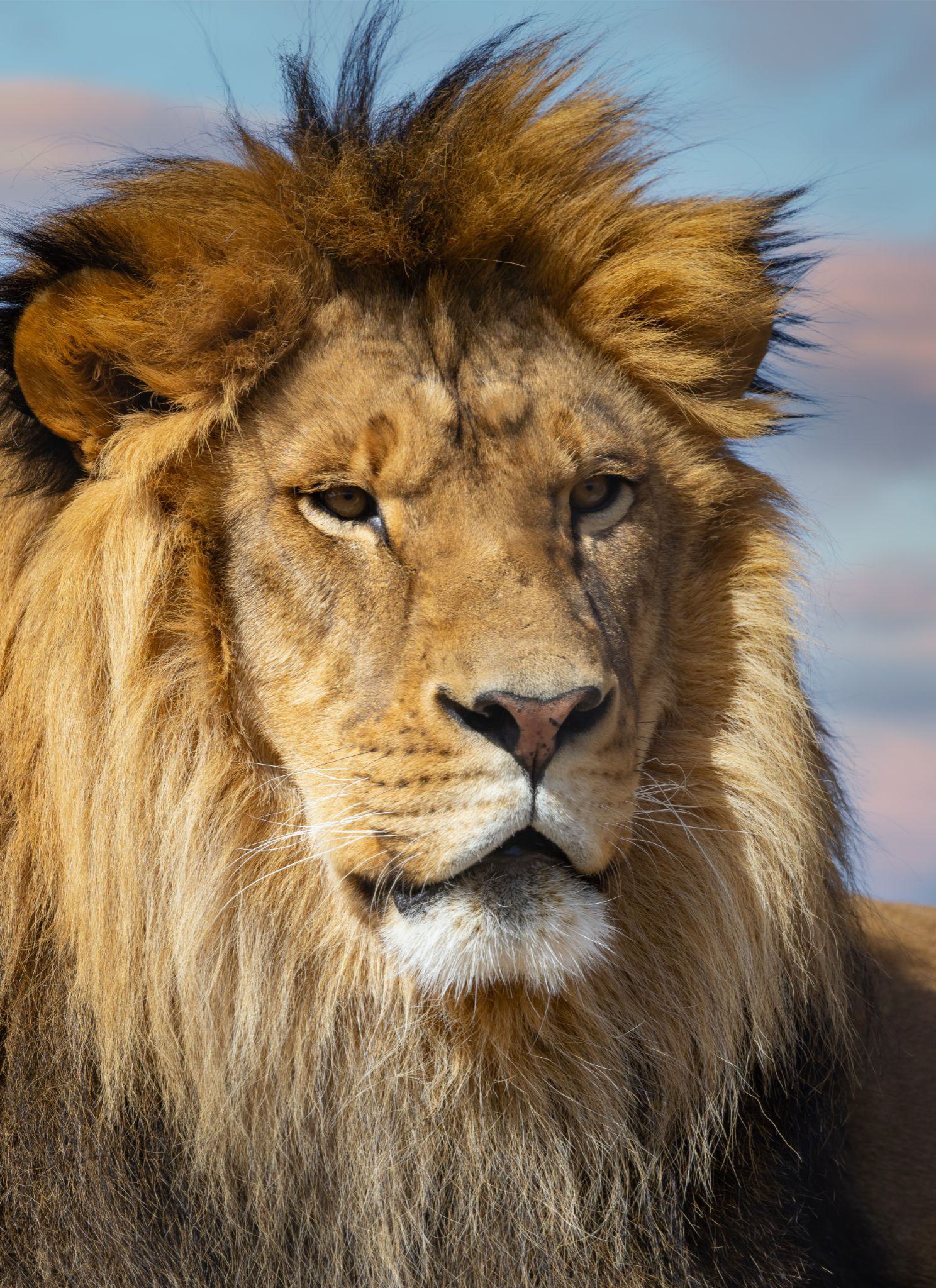
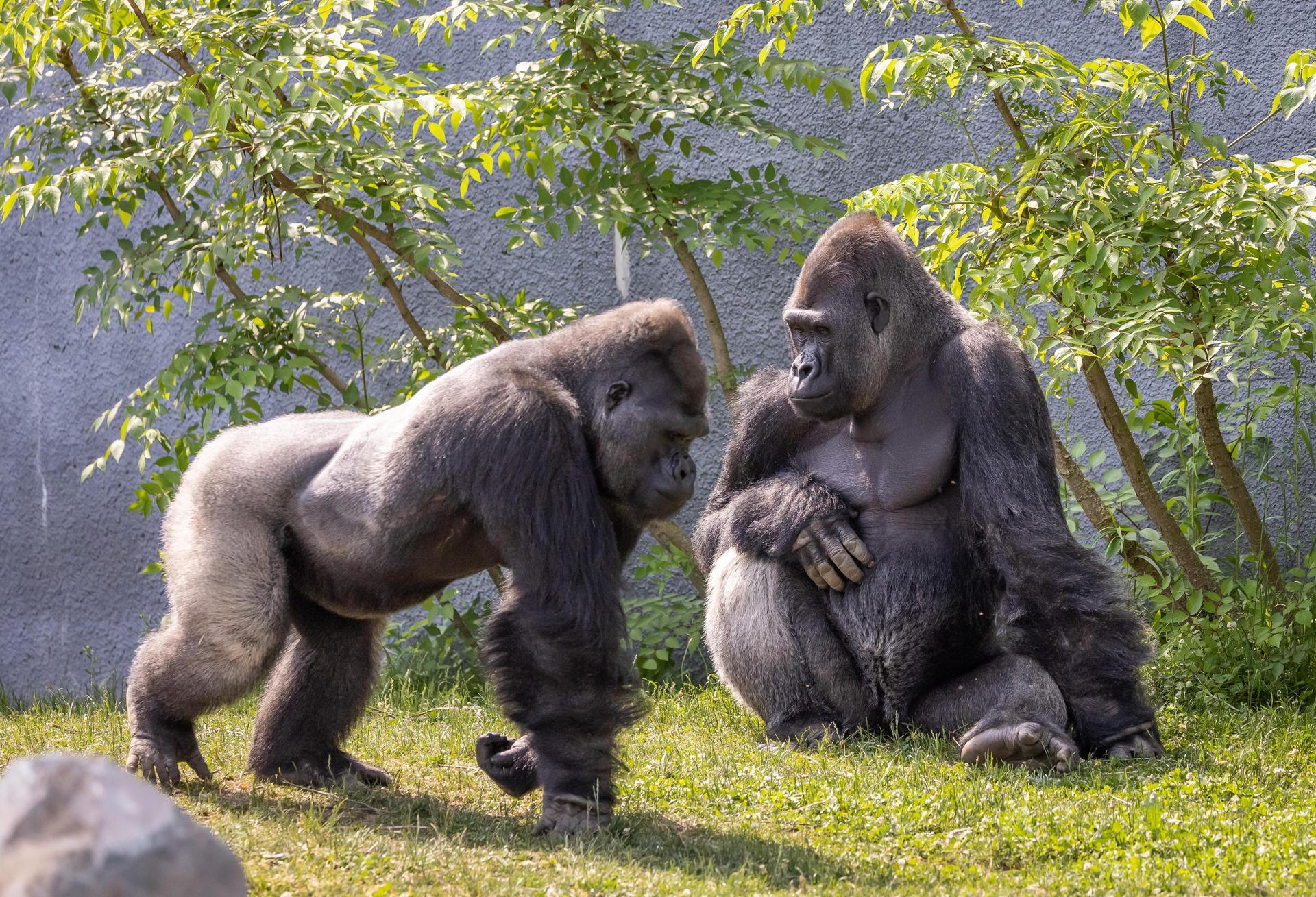
Brotherhoods and Singles’ Clubs
Too often romanticized, usually idealized, wilderness survival in a hostile environment is by no means a sinecure (just ask Tom Hanks’ character in “Cast Away”!) Competition for resources is fierce and the privileged few who’ve been able to secure a territory will defend it tooth and nail against intruders. With social mammals, it’s not uncommon for females to remain with the group in which they were born; However, for young males, the story is quite different! Once they’ve reached sexual maturity, they quickly become a potential competitor for their genitor and are often “invited” to leave the group ... with a few claw marks as a bonus!
Without the experience and protection of the group, these young outcasts sometimes band together to increase their chances of survival. They may be related, brothers from the same parents, or not. Such alliances are particularly common among lions. While males are known to be competitive, brothers or coalitions of males often work together to control and defend a pride. In some situations, male gorillas also form bachelor groups where they live and travel together, sharing the tasks of foraging and providing protection. In fact, the Zoo de Granby has successfully taken in a group of 4 single males!
One for All, and All for One!
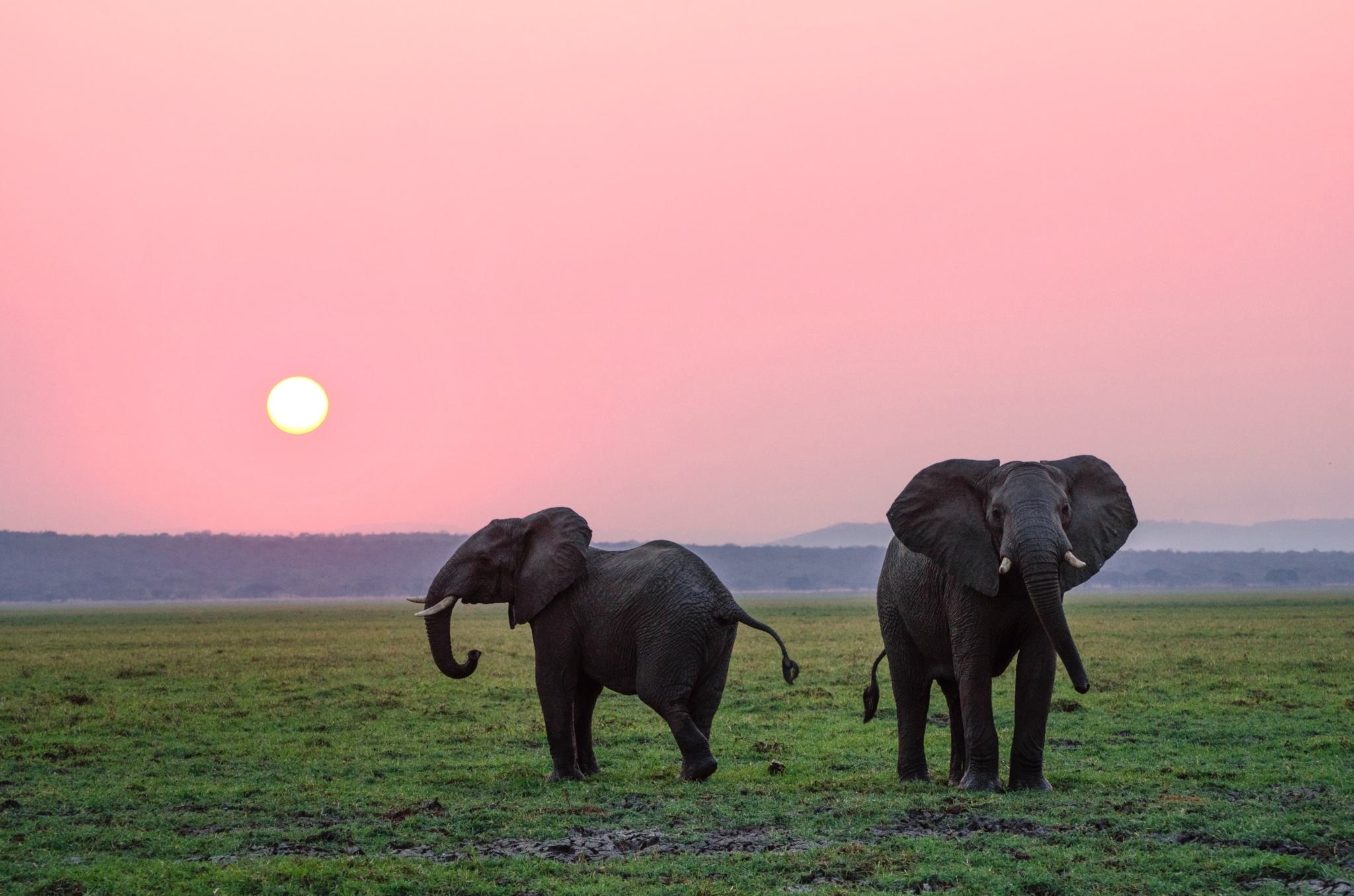
While reproduction is the inevitable pathway for transmitting genes, several animal species depend on a matrilineal social model, based on groups of dominant females. In some, the strong female alliance will even force the males to live on the periphery of the group made up of related females. The ultimate example of this type of strong female bond can be found in elephant herds. With these mastodons, there’s no competition to elect the clan’s leader; The oldest individual leads the group, passing on her experience and knowledge of the territory to her daughters, sisters and nieces. These animals form a close-knit community, and actions such as petting each other with their trunks serve to strengthen the bonds between individuals. Males are generally regarded with suspicion, since their behaviour can be unpredictable.
But things aren’t all easygoing when it comes to female-dominated systems! Female meerkats are no angels! According to a 2016 study, these have twice as much testosterone as males, which explains in part their “tyrannical” behaviour. At the high end of their hierarchy, the dominant female meerkat is sometimes so aggressive that she’ll go so far as to exile other pregnant females or kill their offspring. All so that she alone might procreate while the other females’ only duty is to look after her pups.
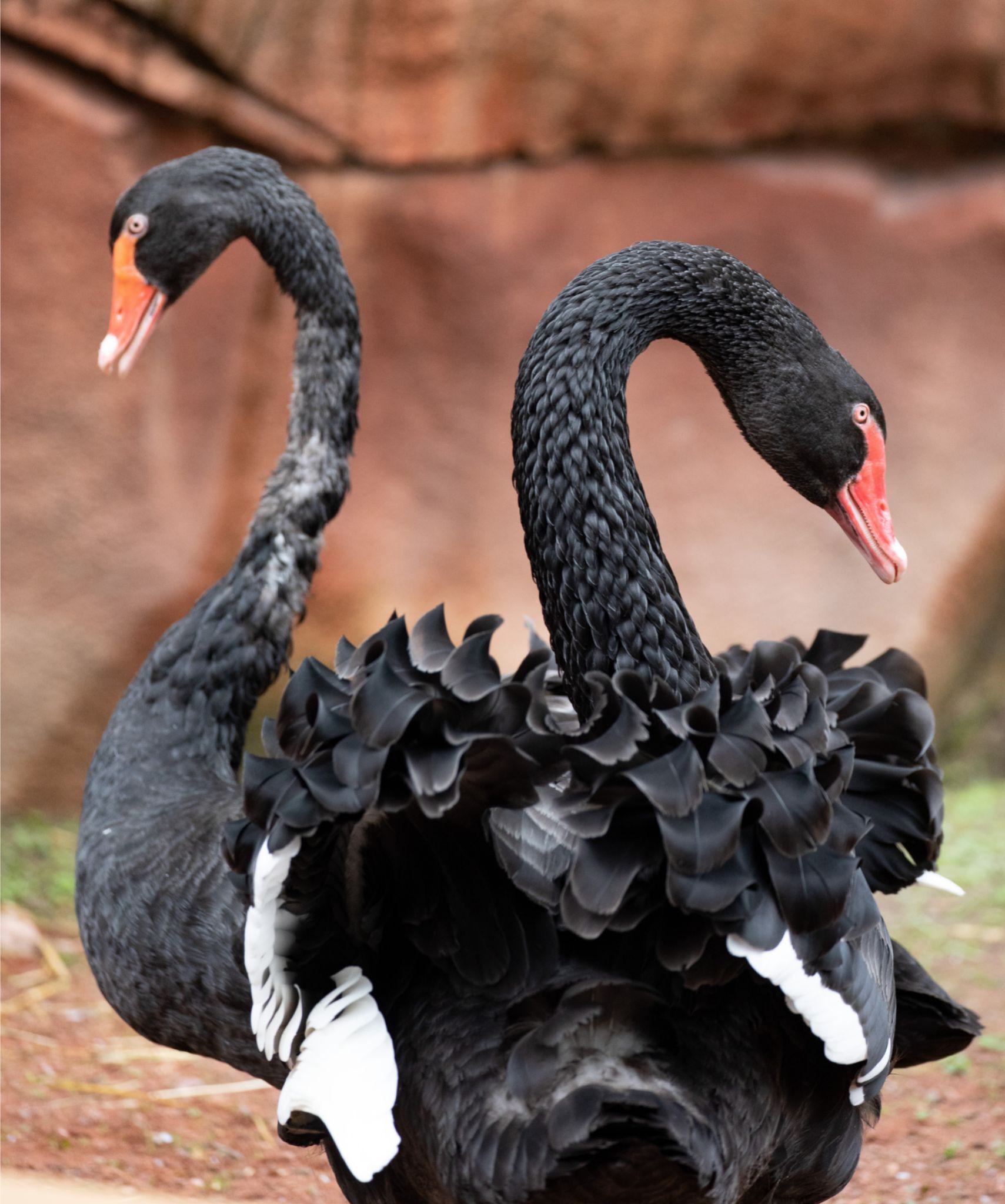
Animals and Homosexuality
Once considered a taboo, the study of homosexuality in nature endured persistent prejudice in the past. Today, it has been observed in over 1,500 animal species and studied in over 500 of them, notably dolphins and giraffes. And it’s not just a question of partner “availability”! Indeed, several studied species would prefer to have homosexual relations rather than with an individual of the opposite sex, when they can choose. These behaviours are not limited to the sexual aspect, since homoparentality has also been observed in several species.
In the animal kingdom, there are many cases of co-parenthood between individuals of the same sex, particularly with bird species. some groups of greylag geese have up to 20% male pairings. The Australian black swan, a species featured at the Zoo de Granby, is another example of successful homoparenting. In this species, male couples recover eggs that have been abandoned by two-gender couples. They will incubate them and look after the young. Their reproductive success is often greater than that of a heterosexual couple. The reason? In this species, males control territories. A two-male couple therefore has a much larger territory, which means more food and better protection for their offspring.
